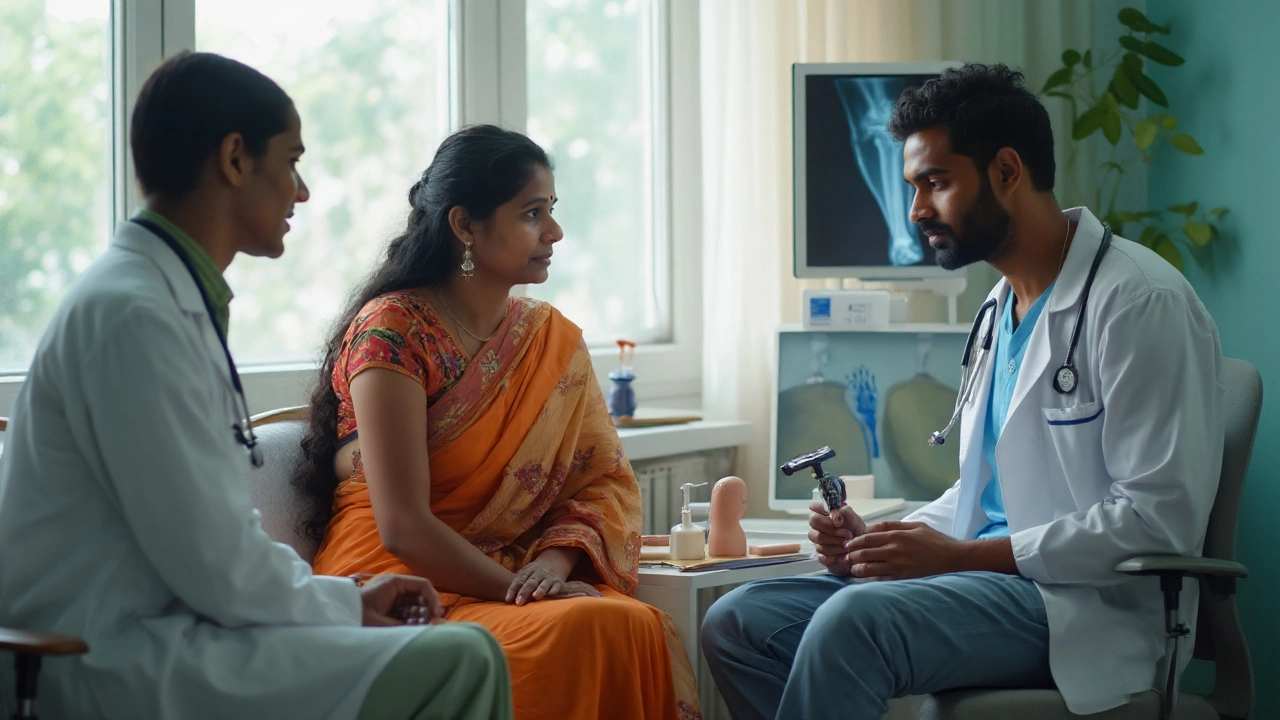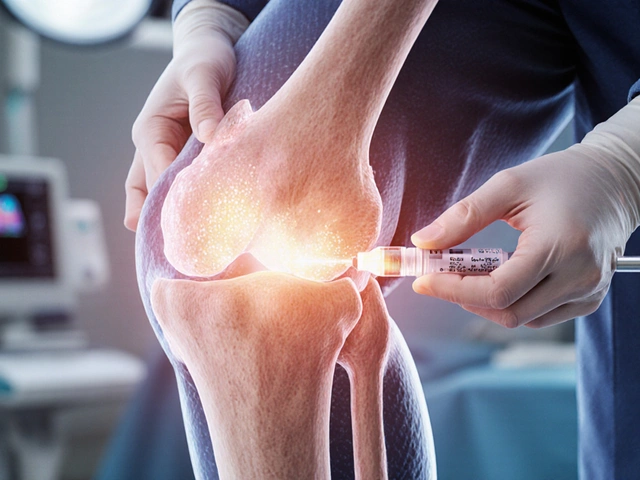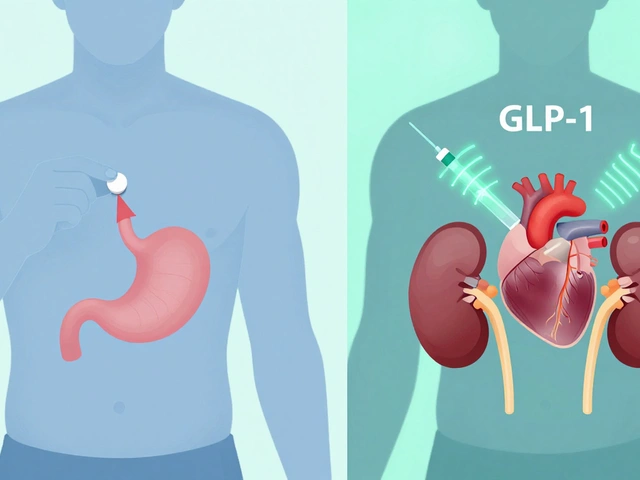Orthopedic Tests, X‑Ray & MRI – Your Quick Guide
Got a sore knee, a strange shoulder ache, or a back that just won’t quit hurting? Most doctors will point you toward an X‑ray or an MRI to see what’s really going on. These tests are the backbone of orthopedic diagnosis—they show bones, joints, and soft tissues that you can’t feel with a simple exam.
Think of an X‑ray as a black‑and‑white snapshot of your skeleton. It’s fast, cheap, and excellent for spotting fractures, arthritis, and major misalignments. An MRI, on the other hand, is like a high‑definition video of the inside of your body. It can reveal torn ligaments, cartilage wear, and even early signs of disease that an X‑ray would miss.
Why X‑Ray and MRI Matter for Orthopedic Issues
When you walk into a clinic with joint pain, the doctor needs concrete evidence before recommending surgery or physical therapy. An X‑ray can confirm a broken bone or show joint space narrowing that points to osteoarthritis. If the X‑ray looks normal but you still have pain, an MRI jumps in to check the soft tissue—think meniscus tears, rotator‑cuff damage, or spinal disc problems.
These images also help surgeons plan procedures. For example, the article about Hardest Orthopedic Surgery to Recover From explains how spinal fusion decisions rely on detailed MRI scans to map out nerves and vertebrae. Knowing exactly what’s damaged reduces the risk of surprises during surgery.
How to Prepare and What to Expect
Preparation is easier than most think. For an X‑ray, just remove metal objects—no jewelry, belts, or shoes with metal buckles. The technician will ask you to stand or lie down, and within minutes you’ll have a clear picture of your bones.
MRI prep takes a bit more time. You’ll need to change into a hospital gown because any metal can mess with the magnetic field. If you have a pacemaker, certain implants, or severe claustrophobia, let the staff know; they’ll arrange alternatives or sedation.
During the scan, you’ll lie on a table that slides into a tube. It’s noisy, so earplugs are provided. The machine takes pictures in slices, creating a 3‑D view of your joint. The whole process usually lasts 30‑45 minutes.
After the scan, the radiologist reviews the images and sends a report to your doctor. You’ll get a follow‑up call or appointment where the doctor explains the findings. If the report shows a tear or severe degeneration, articles like Most Painful Surgery and Knee Replacement Recovery give a realistic picture of what’s ahead and how long rehab might take.
Remember, these tests are tools—not verdicts. An abnormal finding doesn’t always mean you need major surgery; sometimes physical therapy, lifestyle changes, or simple injections can do the trick.
Bottom line: X‑rays and MRIs give doctors the eyes they need to diagnose and treat orthopedic problems accurately. Knowing how they work, what to expect, and how to prepare will keep you calm and help you get the right care faster.

What to Expect at Your First Orthopedic Appointment: Exam, Tests, and Treatment Plan
A plain-English walkthrough of your first orthopedic visit: what happens, which tests you may need, costs in India, and how your treatment plan is decided on day one.

What Is the Newest Alternative to Knee Replacement?
Oct, 30 2025



